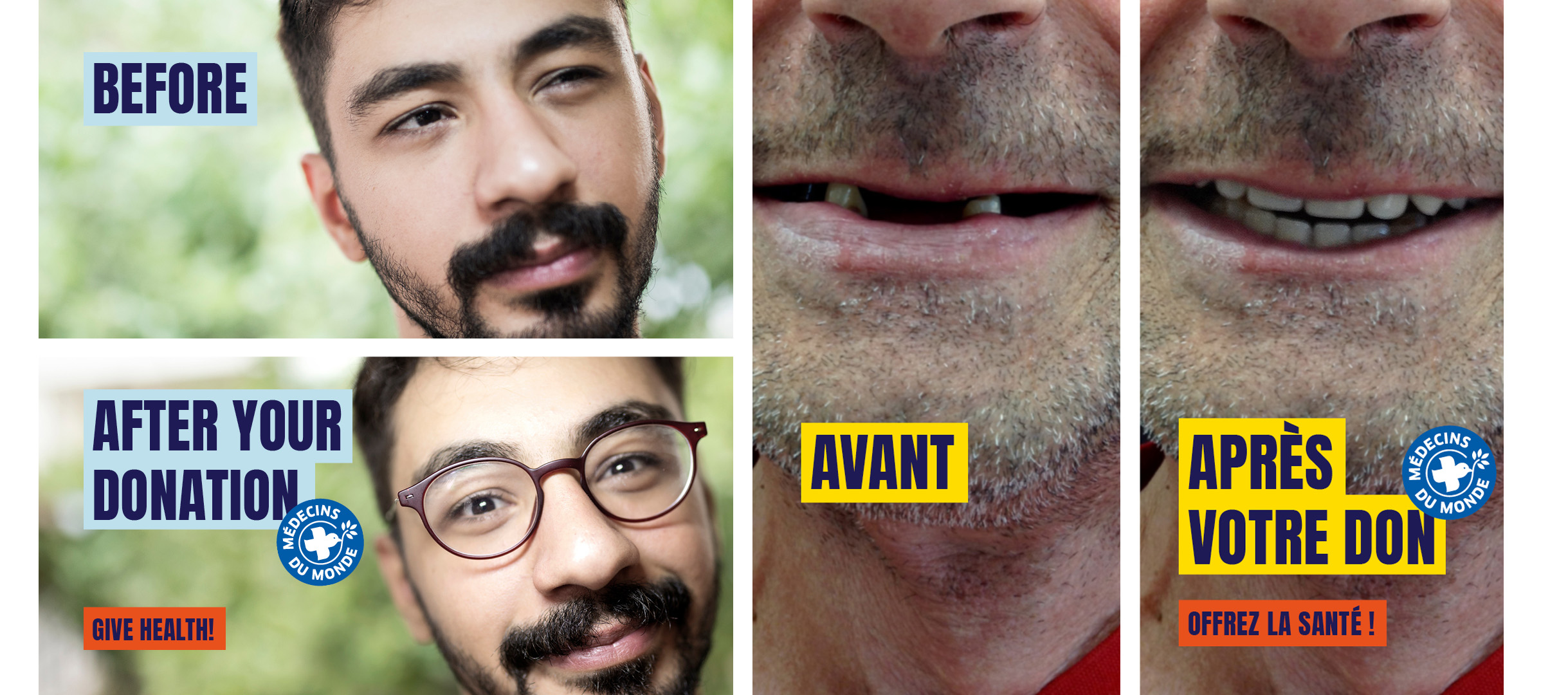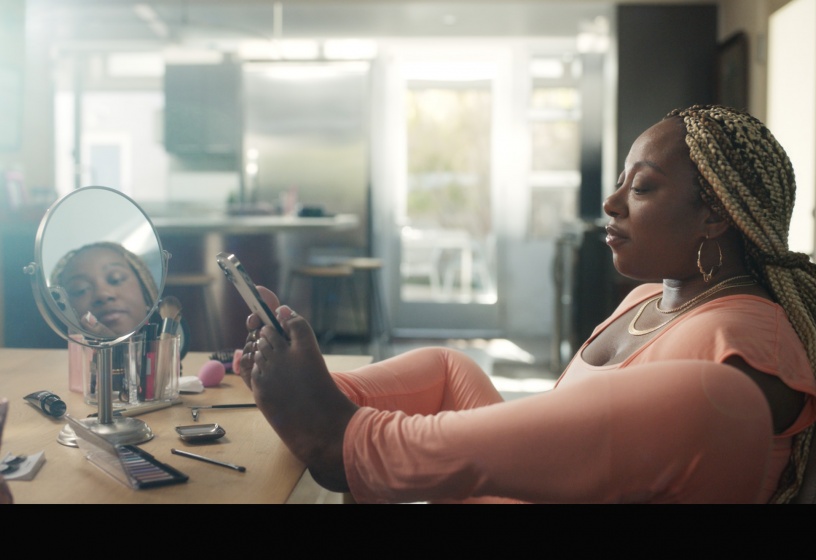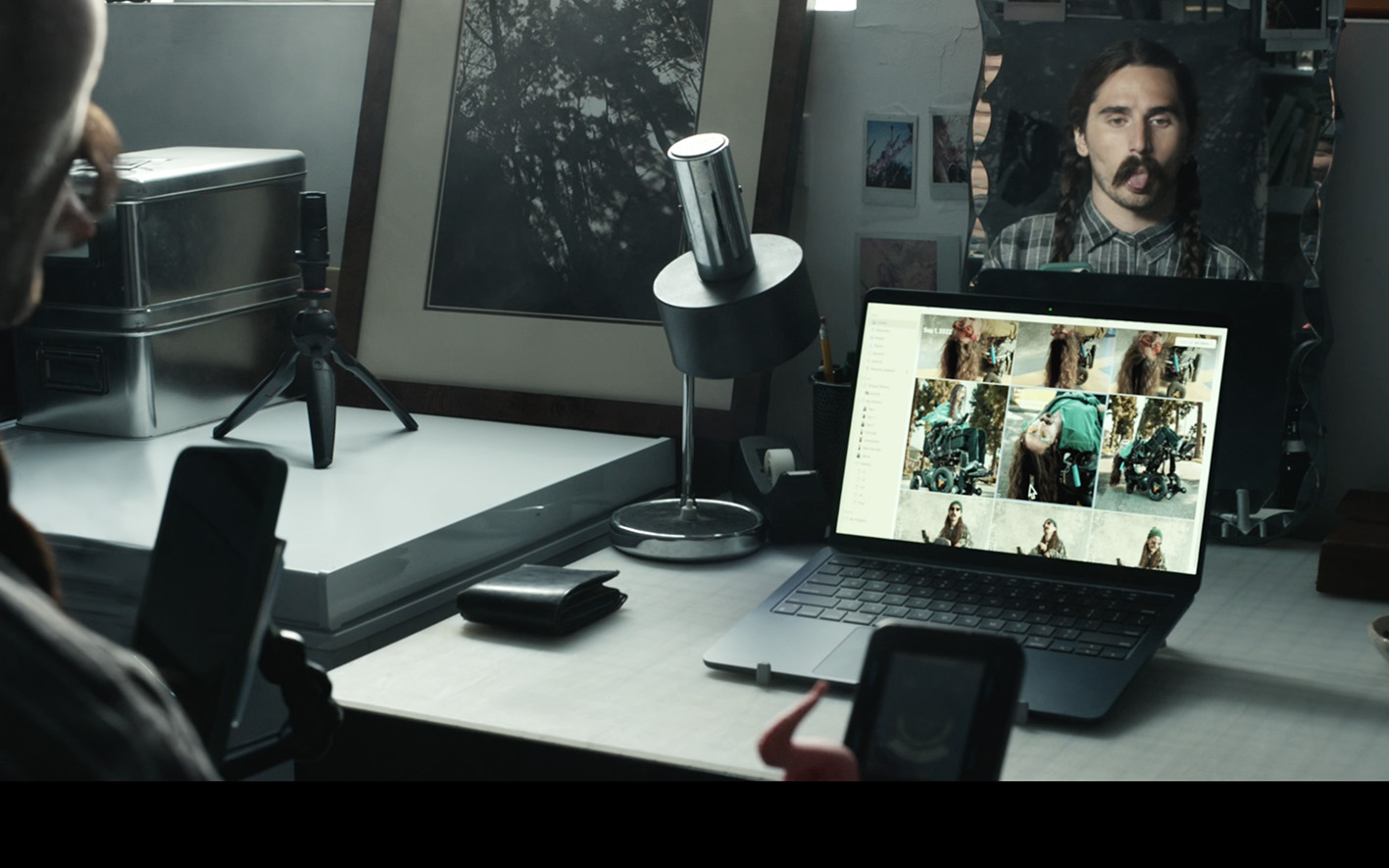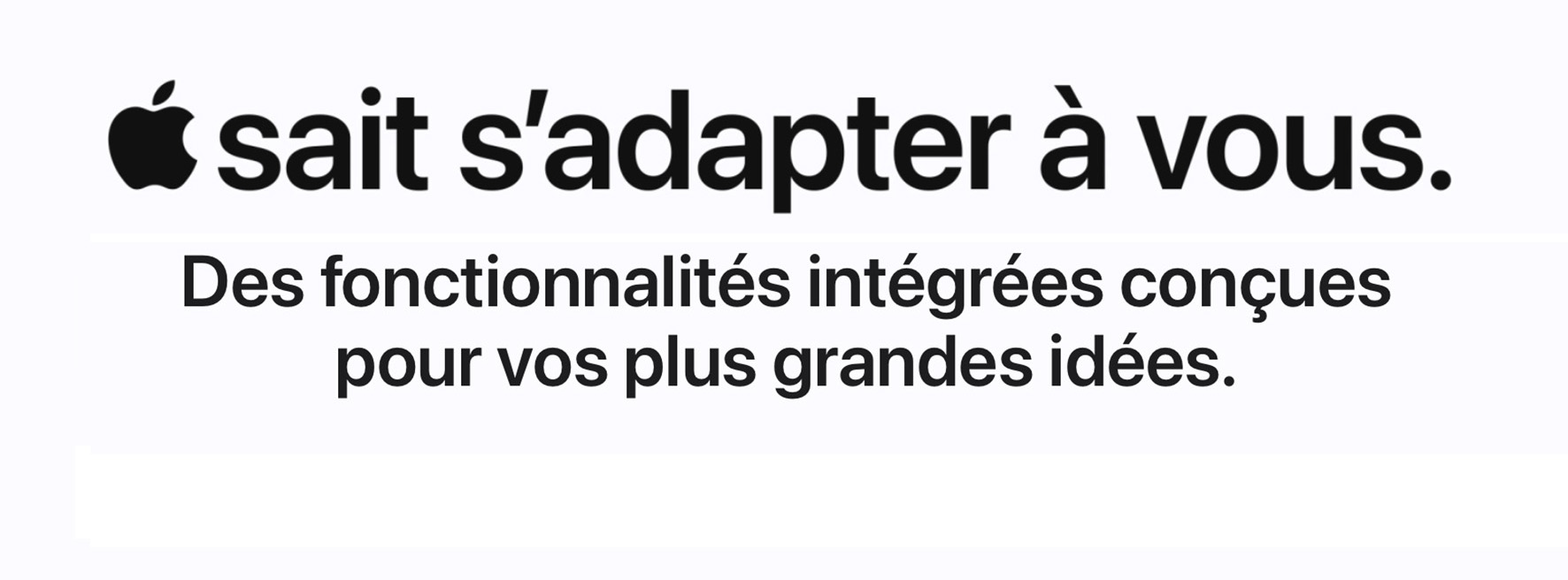A woman uses her toes to navigate through the images on her phone thanks to the AssistiveTouch function, a blind musician uses the power of the VoiceOver tool to mentally visualise the artist's box he is in, a deaf mother is warned of her baby's cries nearby thanks to the vibrations of her watch, a photographer retouches his shots thanks to his facial expressions... In its enthusiastic and luminous film "The Greatest", the Apple brand features users with various physical or intellectual disabilities who benefit from the various accessibility features of their Apple devices.
Accessibility means guaranteeing that all users can access a building efficiently and without difficulty, as well as all services and information, independently. Apple has been committed to making products suitable for everyone for many years. And the brand is going even further and 'humanising' its approach by developing the SignTime service, which allows customers in shops to be helped by a 'real-life' sign language interpreter or a guide to discover the facilities adapted for people with disabilities in parks in the United States.This inclusive approach is essential, given that the World Health Organisation reports over one billion people with disabilities worldwide. Of these, 6% have a disabling hearing impairment (equivalent to the entire European Union’s population), 3.2% are affected by some form of visual impairment, 2.6% by an intellectual disability, and 1% require a wheelchair.




